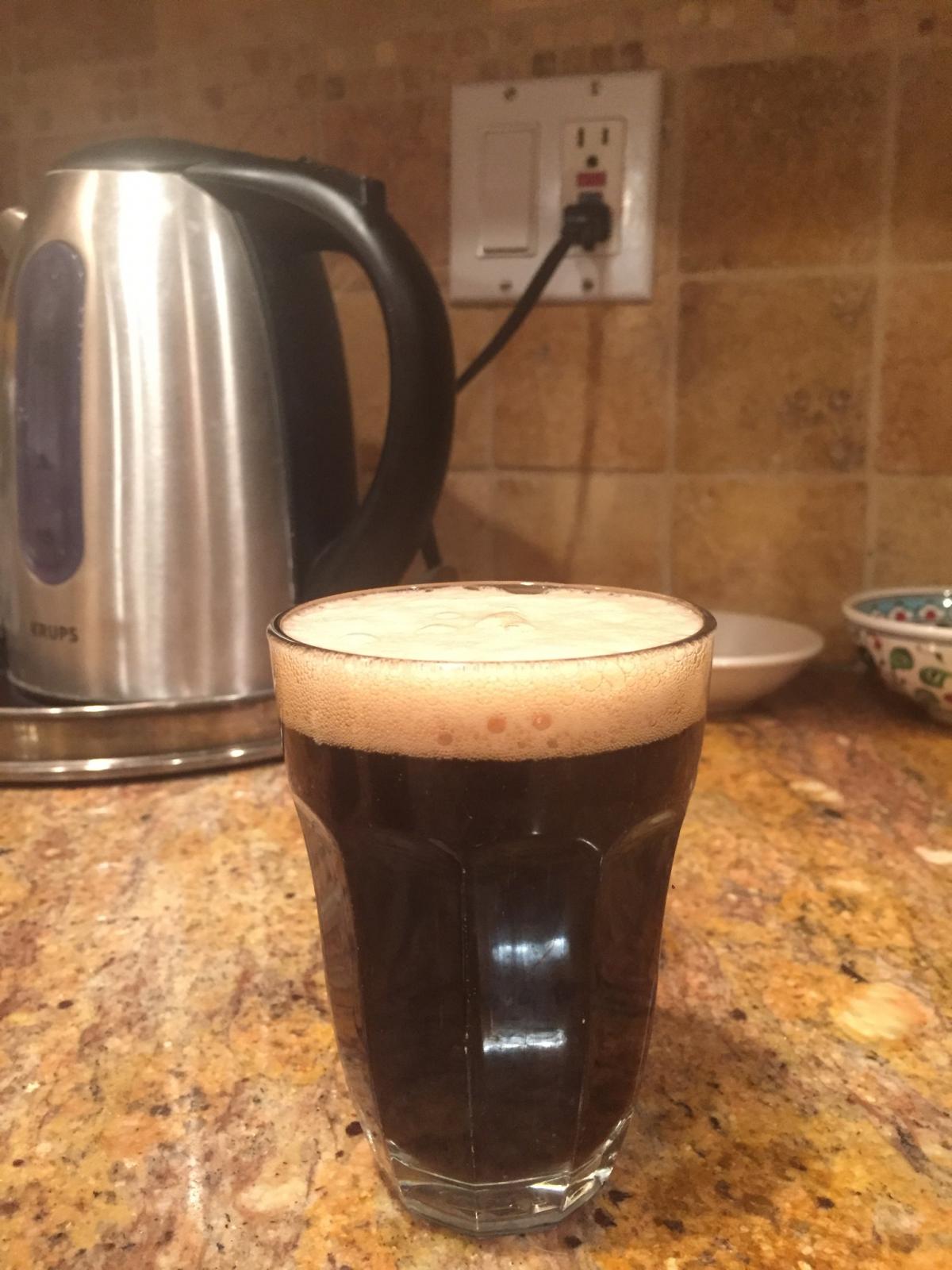glutarded-chris
Well-Known Member
My view is that 0.65mm is a good gap. A roller mill should not grind up the husks very much because it is crushing the grains rather than grinding them.
The directions I have call for 0.03 g potassium metabisulfite per gallon of water. I use an inexpensive jewelers scale to measure my brewing salts and hop additions and at 0.3 g for 10 gallons of water, it is close to the accuracy of the scale. I put in a little extra for good measure and try to mix it in well with the water. I let it sit for 30 minutes or so before beginnning to heat.
I think you should mix the grain on sparge steps. You want to wash the sugars from the grain. Igliashon used the underlet method becuase it allowed efficient mixing all the way to the bottom. If you have a lot of grain it can be hard to mix all the way to the bottom. Most of us don't have too much grain to just simply mix by hand, so you can do it either way. I just pour gently on top and stir to the bottom.
I never got violent fermentation with sorghum syrup batches but I have gotten violent ferementation with all grain. It pays to be prepared for an all grain batch, especially for those fermenting around room temp.
The directions I have call for 0.03 g potassium metabisulfite per gallon of water. I use an inexpensive jewelers scale to measure my brewing salts and hop additions and at 0.3 g for 10 gallons of water, it is close to the accuracy of the scale. I put in a little extra for good measure and try to mix it in well with the water. I let it sit for 30 minutes or so before beginnning to heat.
I think you should mix the grain on sparge steps. You want to wash the sugars from the grain. Igliashon used the underlet method becuase it allowed efficient mixing all the way to the bottom. If you have a lot of grain it can be hard to mix all the way to the bottom. Most of us don't have too much grain to just simply mix by hand, so you can do it either way. I just pour gently on top and stir to the bottom.
I never got violent fermentation with sorghum syrup batches but I have gotten violent ferementation with all grain. It pays to be prepared for an all grain batch, especially for those fermenting around room temp.















































![Craft A Brew - Safale BE-256 Yeast - Fermentis - Belgian Ale Dry Yeast - For Belgian & Strong Ales - Ingredients for Home Brewing - Beer Making Supplies - [3 Pack]](https://m.media-amazon.com/images/I/51bcKEwQmWL._SL500_.jpg)











